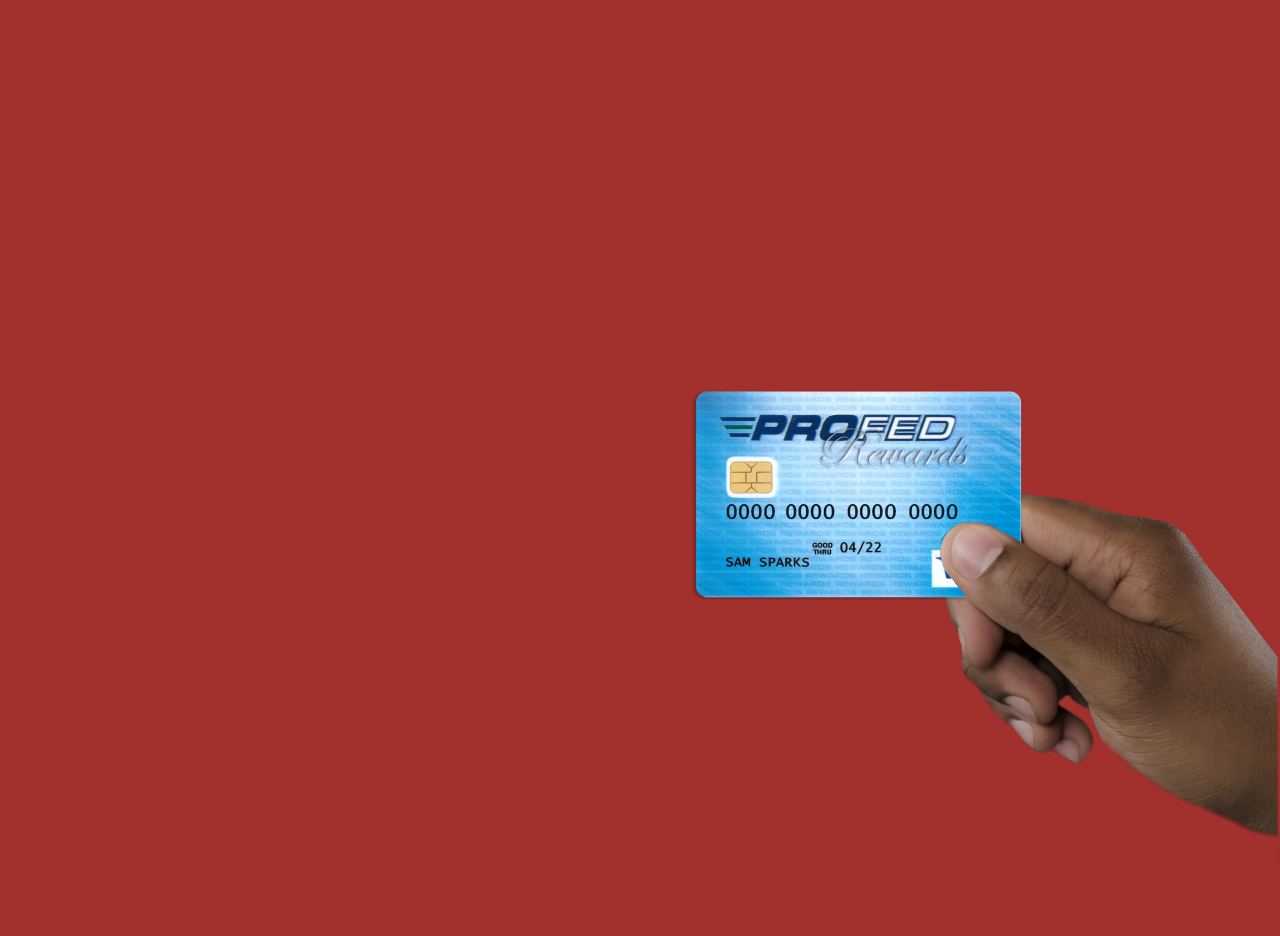How To Improve Your Credit When You Don't Have Any

When you start building your credit score, you start with a score of 300. Over time, credit bureaus collect and report information from creditors. Financial companies then use scoring models to determine your credit score. It may take as long as six months for your credit to budge from this initial number. As you continue to improve your credit score rating, you may notice some fluctuations instead of an upward trend.
What Is a Credit Score?
When the three main credit bureaus, Equifax, Experian, and TransUnion, collect and report your information, they do not report a score. Instead, they report general information about your history of borrowing money and making payments.
Companies that create credit scoring models combine this data and analyze it to determine a three-digit number that summarizes your credit risk. The higher your score, the lower your credit risk. Vantage and FICO are the two most used scoring models.
According to Equifax, this is how the three-digit number measures up from poor to excellent:
-
Excellent: 800 to 850
-
Very good: 740 to 799
-
Good: 670 to 739
-
Fair: 580 to 669
-
Poor: 300 to 579
What Are the Factors That Determine Credit Scores?
When determining your final credit score, scoring models consider several factors. How they weigh each factor depends on the company and the specific scoring model. Even so, most scoring models follow the basic formula below.
1. Payment History
Maintaining a good to flawless payment history is the best thing you can do for your credit score. Pay attention to your payment’s due date and avoid letting your account become past due. Routine and late payment habits are reflected on your credit report, which makes up 35% of your FICO score.
2. Credit Utilization Ratios
This category is reflected as a percentage of your available credit. Ideally, you want to keep your credit usage below 30% for all accounts. Accounts are also often referred to as a trade or trade line. Maxing out just one credit card can cause your score to decline. This credit utilization calculation makes up 30% of your FICO score.
3. Length of Credit History
The length of your credit history may depend on the age of your oldest account or the average age of all your trades. In theory, this only makes up 10% of your score. In the real world, even with a high credit score, companies may deny your credit application or give you a bad credit loan if your credit history is short.
4. Credit Inquiries
One of the ironies of improving credit score numbers is that you may need more accounts to improve your score. However, these generate credit inquiries. The more hard inquiries you have on your account, the lower your credit score. Ideally, you should have no more than three in a year. This makes up 10% of your FICO credit score.
5. Credit Mix
Installment loans and revolving lines of credit comprise the two main types of credit. Having a good mix of each improves your creditworthiness to lenders. The main difference is that one has a specific pay-off date, and the other generally does not. Note that the credit mix makes up 10% of your FICO score.
What Is Long-Term Versus Short-Term Credit?
Some lenders also classify types of credit as long-term versus short-term. Revolving credit or credit card loans are typically short-term credit with no specific pay-off date and no specific monthly payment.
Car, Student, and Mortgage loans are usually installment loans and considered long-term credit. These loans have a specific pay-off date and a consistent, predetermined monthly payment amount.
How Can You Build Credit?
When it comes to improving your long-term and short-term credit opportunities, the same strategies that work for one tend to work for the other. Instead of trying to follow a specific formula to boost credit score numbers, develop good personal finance skills.
1. Dispute Credit Report Mistakes
The Consumer Financial Protection Bureau estimates that one in five people has at least one credit report error. Review yours, and if you find an error, request additional information from the lender before disputing anything.
2. On-time payments
Automating your bill payments is a great way to ensure you never miss payments. Ensure you resolve any payment failures immediately. Note that even payments not currently reported to credit bureaus may begin to show on your report if they slip into delinquency.
3. Limit Credit Applications
Space out how often you apply for credit, especially credit cards. When applying for a mortgage, car loan, or RV loan, some credit scoring models will count several inquiries over a certain period of time as one.
4. Maintain Low Credit Utilization
When making purchases on your credit cards, ensure you are well below the recommended 30% of your total credit limit. If you can keep the usage even lower, do so. Also, get into the habit of paying off your monthly credit card balance.
5. Ask for Higher Credit Limits
One way to automatically lower your credit utilization is to ask for higher credit limits. Some financial institutions grant these automatically over time after noting your responsible use of the account. Others may require you to provide information to justify a higher limit.
6. Build Long-Term History
Credit ages like fine wine, especially when you maintain a good history. The older your credit history and the older specific accounts are, the less risky lenders view you, and the more you will save on interest rates.
Improving your credit score is one of the single most important steps toward financial security. Adequate access to credit can improve your purchasing power and standard of living. Need help building your financial literacy and learning more about credit scores/reporting? Check out our financial education program, Money Sense.